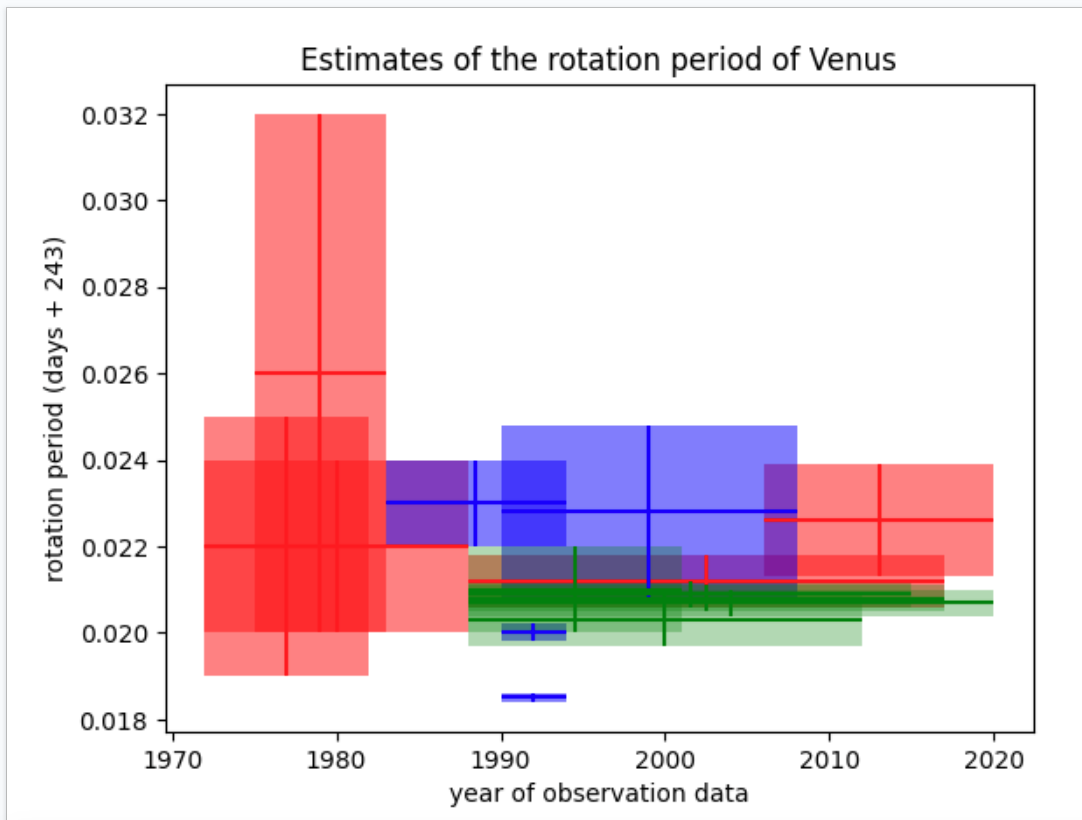[Nathaniel Fairfield] Also known as [thandal] He was interested in the actual rotation and tilt of the axis of Venus. decided to spin in GitHub Python Repository To further examine the case, as one would do. The scientific literature shows a wide range of estimates and variations of the planet’s revolution and axis tilt. He wondered if the real answer could be found in a file Publicly available group Uncalibrated delay Doppler images of Venus. This data was collected by the former Arecibo Observatory in Puerto Rico from 1988 through 2020. [Thanda] Note that the planet’s revolution appears to be speeding up slightly, and furthermore, its estimates of the orbital axis were within 0.01 degrees of the International Astronomical Union (IAU) values. [Note: Venus is a bit confusing — one planetary revolution, 243 days, is longer than its year, 225 days].
Aligning and calibrating the raw data was not a trivial task. You have to consider the radar’s position (Earth) and its time, as well as Venus. Complicating the math, the radar sometimes operated in a bistatic mode, with the Green Bank telescope in West Virginia being the receiver.
There is a lot of interesting signal processing going on here. The Doppler delay data consists of images with a matrix of 8091 × 8092 complex values, which must be mapped to the Venus geoid. Then using the different surface features, one can compare their positions against time and get an estimate of rotational speed and inclination. If these types of accounts interest you, be sure to check out [Thandal]’s Summary reportAlso note the poliastro Python Astrodynamics Library. Why is this important? One reason to better plan future missions.

“Certified music scholar. Freelance analyst. Social mediaholic. Hipster-friendly web nerd. Zombie buff.”

